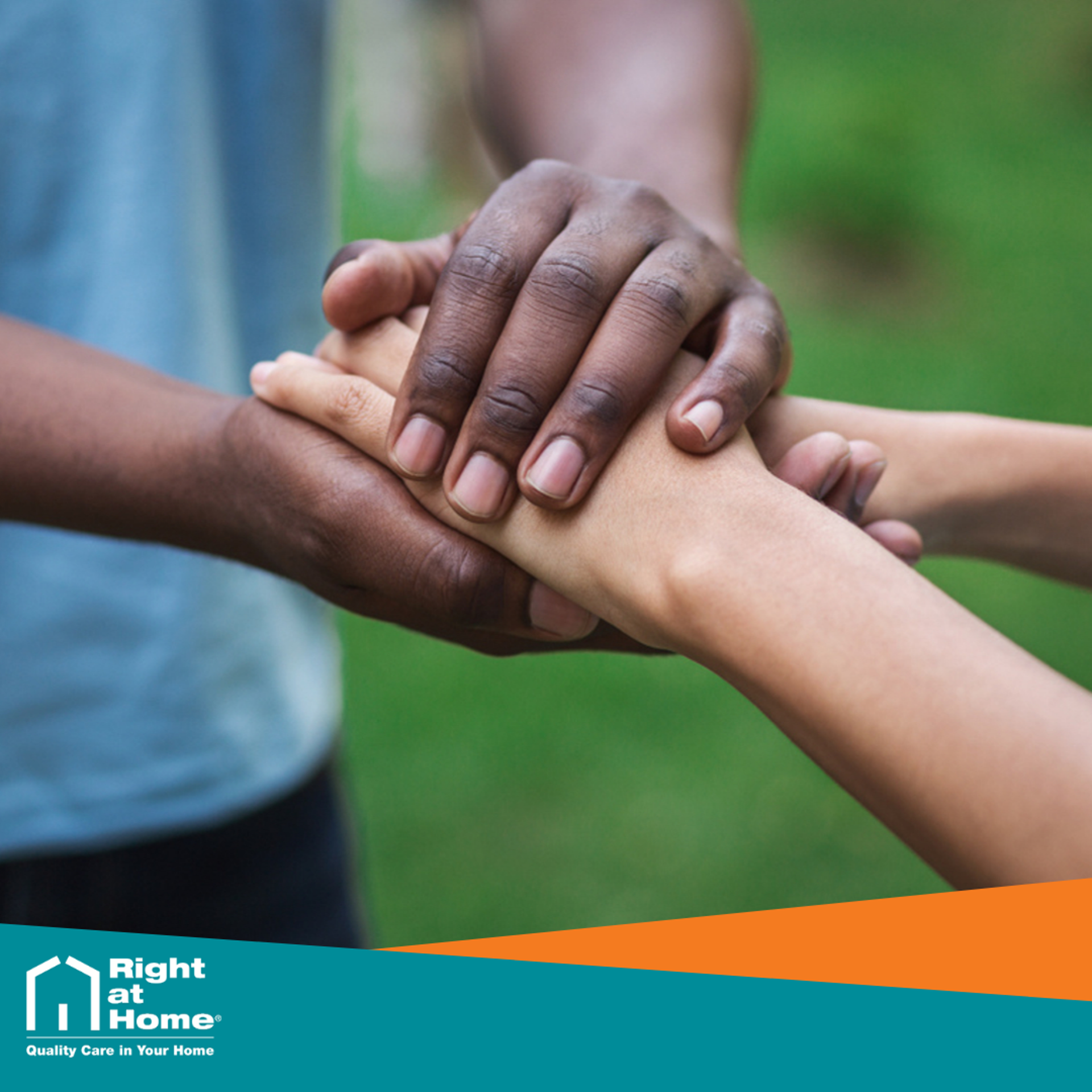Driving Safety Improvement in our Home Care Service
Published: 12/03/2019
More than anything as a care provider we aim to ensure our service is as safe as possible for all clients and staff. In this article we set out how we engender and maintain a safety culture through out the how team.
Safety is Paramount
We care for and support vulnerable adults in their own home. Our clients tend to be an advanced age, living alone with varying degrees of mental and or physical impairment. Our carers make daily (or regular) visits to help them as needed with personal care, meals, housework, and medication. The carers play a vital role in safeguarding the client, monitoring them for any health issues and generally helping make sure the client is safe and sound. They keep the next of kin informed and will raise the alarm when any additional care or attention is needed.
Although there are good days and huge job satisfaction in providing care, anyone who has experienced the anxiety levels of looking after a parent in their final years will know how hard things can be. They will recall urgent telephone calls in the middle of the night or their parent going missing – as well as the confusion and stress of endless hospital visits for often multiple complex health conditions.
As care managers, the most important thing for us is, at the end of every day each client and carer is safe and well. We put the safety of our clients and carers above everything else. Only by doing this, are we able to sleep at night. Every day we have to ask ourselves – is the service safe? Is there anything else we can do to make it safer? Is there any lesson to be learned?
This approach to safety, apart from complying with law and helping us sleep at night, is good business sense. Not prioritising safety can mean mistakes and issues that can damage our reputation and result in litigation and fines. Even if no serious issues occur, failing to prioritise safety, can create a trickle-down effect, reducing service standards over time.
We want an organisation-wide understanding of and buy-in to the safety measures. All carers need to know the safety steps built into the service and how they work. No excuses, this is a condition on their job. They must accept that they have a duty of care to every client they support and an absolute obligation of candour, reporting back to us all incidents, accidents and near misses.
Continuous Training
Continuous sharing and training are needed to maintain and raise our safety standards. Carers are encouraged to ask questions all the time and never be afraid to admit they are not sure about something. Training needs to be repeated over and over and in a variety of forms. Each carer learns differently. With COVID-19, one-to-one training as been difficult so innovative ideas are needed to ensure key messages and instructions are communicated.
Communication and Records
Communication and collaboration are essential to building trust and relationships. We encourage all carers to communicate with each other, the clients, their next of kin as well as our management team. Next-of-kin have on-line access to their family member’s daily visit notes and medication chart. They provide a vital extra pair of eyes to monitor day-to-day activity.

Detailed client files are maintained and kept up to date. Trackers and records are kept of all visits, medication administered, incidents, accidents, complaints, training attended, spot checks, service reviews and equipment checks. Cloud based, best of breed software applications are used to manage the complex rota covering 100s of hours of care each week, as well as providing mobile technology, allowing the carers to log-in and record their visit notes on their phones. This system allows us and the next of kin to have a “live” view of the service being carried out in the field. All information gathered is reviewed daily, with actions, lessons-learned and trends taken on board and circulated amongst the entire team.
We provide all carers all Personal protective equipment (PPE) they need. More comfortable nitrile gloves (rather than cheaper vinyl gloves) are provided as carers have to put them on and dispose of them every visit. Any uncomfortable items are quickly replaced. Full training is provided to ensure carers know why and how to use the PPE.
As all of these business processes operate continually in the background, all team members still need to keep in the front of their minds the real safety checker, namely common sense. Sometimes we have to think laterally – and quickly to ensure a client stays safe. We need to guard against becoming process driven, missing obvious risks or symptoms which may be staring us in the face. Each carer therefore carries a heavy responsibility to always act in the best interests of the client, treating them like they would their own loved ones, looking out for the client and above all making sure they are provided maximum care and compassion at all times.
